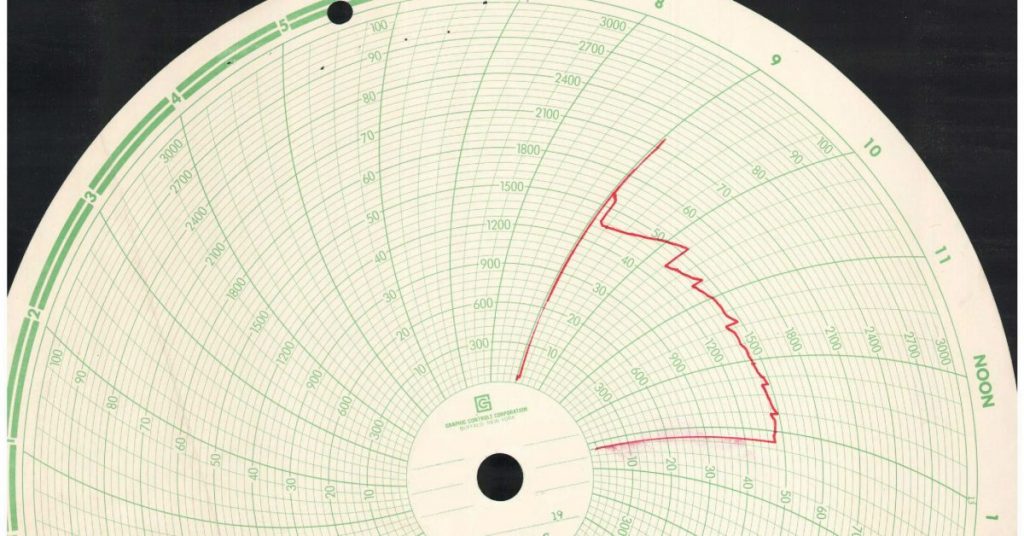The Top Solutions to Manage Gas Pipeline Data
Quickly Finding the Data You Need
Why is managing oil and gas pipeline data so important? Suppose your employer gives you the task of quickly finding a document containing information critical to the success of the company. Complicating the situation, your employer is a large conglomerate in the energy sector who possesses a vast archive containing tens of millions of documents, both physical and digital, and in all manner of formats. These documents comprise the sole reference source for every specification and rule that governs your company’s business and infrastructure. Making matters worse, you are not sure which documents have the vital information you need. However, you have a deadline with millions of dollars at stake depending on your ability to swiftly find the information needed. How would you approach this problem?
Why Easy Access to Data is Critical
Energy companies are heavily regulated and monitored. Some of the more memorable environmental crises in the last twenty years, such as oil spills and valve explosions, have been due to failures in energy infrastructure that resulted in the tragic loss of lives and contamination of natural resources, along with large fines, collateral damage, and increased regulatory scrutiny.
After a major natural gas line explosion, the entire industry found themselves needing to supply auditors with very specific information. In short, all pipeline operators had to prove the maximum allowable operating pressure (MAOP) for every inch of pipe (on over 500 miles of pipeline). The federal government passed a compensatory regulation that empowered auditors to request pipe MAOP data. An auditor is now able to point to a map of pipes anywhere in a company’s infrastructure, and that company would be legally obliged to prove via documentation that the pipeline was operating below the segment’s tested MAOP.

Avoid Large Financial Losses
If a company could not swiftly produce the information and thus failed the audit, they would not only suffer steep fines, but would be required to retest the line. Pressure testing a line segment is so involved that it costs about $1MM per mile, not including the cost of lost productivity due to having the line out of operation. To avoid failing information audits companies would need the ability to query against all their documentation and quickly parse out a few pages of information from a collection of hundreds of millions of documents.
Fortunately, all of this can be avoided through proper management of your gas pipeline data.
Real Results for an Actual Client
Let’s examine how one specific company (we’ll call them Example-corp to protect their privacy) addressed this issue. To make the customer’s data accessible, Example-corp worked with our Enterprise Content Management (ECM) team to build a software-based solution for querying their documents. Our ECM team realized that building a good solution would require making Example-corp’s diverse array of documentation centralized, organized, and digital.
Step 1: Capture Oil & Gas Pipeline Data
What is the best way to convert numerous documents presenting themselves in all shapes, sizes, and layouts into an organized digital repository? Our team recommended the intelligent capture platform, Ephesoft Transact. Working with Example-corp’s existing scanners and multi-function printers, Ephesoft allowed operators to rapidly turn these business-critical pieces of paper into fully text searchable PDFs. Further, the system was able to automatically classify and extract relevant metadata from these documents. Using a concept called exception-based processing, instead of having to manually key in all of the information about a document, operators were only asked to review and validate the information for which the system’s confidence threshold had not been met. This allows an operator to process at a much quicker rate than they would using more traditional scanning solutions.

Step 2: Make Oil & Gas Pipeline Data Accessible
Once digitized, however, the documents still needed a place to live, and for this we recommended a centralized ECM platform called Alfresco. Leveraging the information extracted by Ephesoft, Alfresco automatically categorized, sorted, and organized the documentation such that engineers could easily locate what they needed via browsing or searching the repository.
Further, by leveraging the Alfresco API, Example-corp was able to integrate the system with their Geographic Information System (GIS) so that auditors could literally point at a piece of the pipeline within the GIS, an engineer could click “get documents,” and Alfresco would serve up the relevant documentation that provided the MAOP and operating pressure of the pipeline. Our ECM team’s solution empowered Example-corp to rapidly respond to auditors by procuring and delivering the requested pipe and infrastructure data at the stroke of a few keys.
Your organization’s documentation needs might not be this technical, and you might not be facing quite the financial penalties that threatened Example-corp, but the time, expense, frustration, and potential risk of poor content management is real for every company. If you’re looking to streamline your content management processes, we can help. Contact us to start a conversation. We’re here for you!




